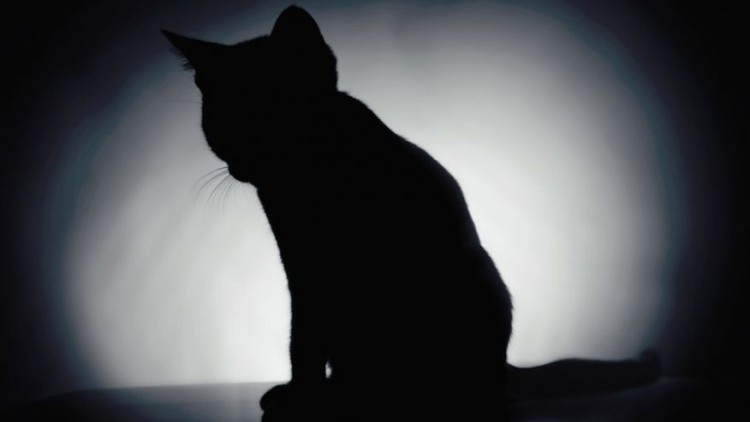
The imaginary feline known as Schrödinger’s cat, which is both alive and dead (or neither) until beheld, is the best-known representation of the real-life phenomenon known as superposition.
Now, for the first time, scientists have demonstrated superposition over a macroscopic scale of about a half-yard. This finding reveals that superposition is possible at the distances and timescales of everyday life, researchers said.
This research could one day help test the limits of quantum physics, potentially yielding insights that could rewrite what researchers know about the nature of reality, scientists added.
The quirky laws of quantum physics suggest the universe can be a fuzzy, surreal place. One strange consequence of quantum physics is that particles can actually exist in states known as “superpositions.” This means they could literally be located in two or more places at once, until they are “observed” — that is, until they interact with their surroundings in some way. This concept is often illustrated using the thought experiment of Schrödinger’s cat.
Superpositions are very delicate. Once perturbed in some way, they collapse or “decohere” to just a single outcome. Previous research has revealed that particles can act like Schrödinger’s cat on microscopic scales, but the delicacy of superpositions prevented scientists from generating larger examples of the phenomenon.
By checking for a limit to superposition and finding out at what scale quantum physics might break down, researchers could discover clues that could link two seemingly disparate theories: quantum physics and the theory of general relativity, said study senior author Mark Kasevich, a quantum physicist at Stanford University in California. The former, which explains the universe at the tiniest level, by describing the behavior of all known particles,; and the theory of general relativity while the latter, which explains the universe at its largest level, by describing the nature of space-time and gravity. Uniting the two would provide a better description and understanding of the workings of the cosmos in its entirety.
Now researchers have created macroscopic instances of superposition, like life-size versions of Schrödinger’s cat.
“I think it is amazing that the laws of physics allow this to happen,” Kasevich told Live Science.
The scientists experimented with ultracold clouds, each made up of about 100,000 rubidium atoms. Using a lattice of laser beams, the researchers propelled these atom clouds up like fountains, making them behave like packets of waves.
As these wave packets were launched upward, laser pulses split each packet up into two wave packets that were in superposition with each other. The wave packets recombined after traveling a short distance, and by analyzing their properties after they reunited, the scientists could tell whether they had been in superposition. The researchers succeeded in preserving superposition even when these wave packets were separated by distances of up to about 21.25 inches (54 centimeters), on a timescale of about 1 second.
The keys to such macroscopic superpositions include the extreme cold — less than a billionth of a degree above absolute zero, the coldest theoretical temperature possible — as well as the careful use of light to minimize disturbances that might lead to decoherence.
Kasevich emphasized that “while we can create superpositions for atoms, we can’t do this for larger objects, for example, humans.”
The researchers hope to extend their work to more than 33 feet (10 m) in the next few years, Kasevich said.